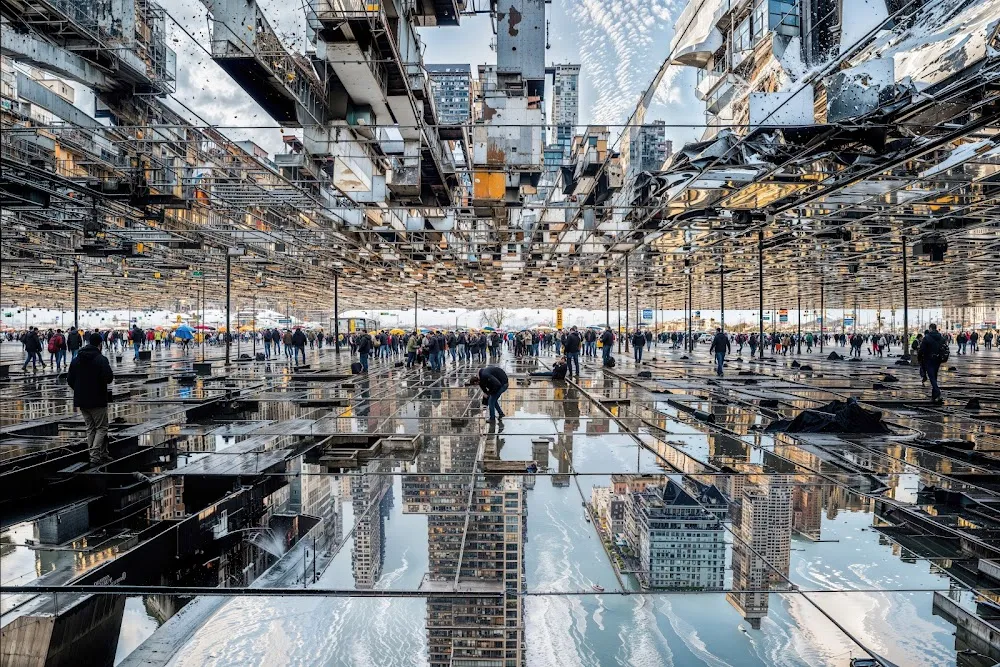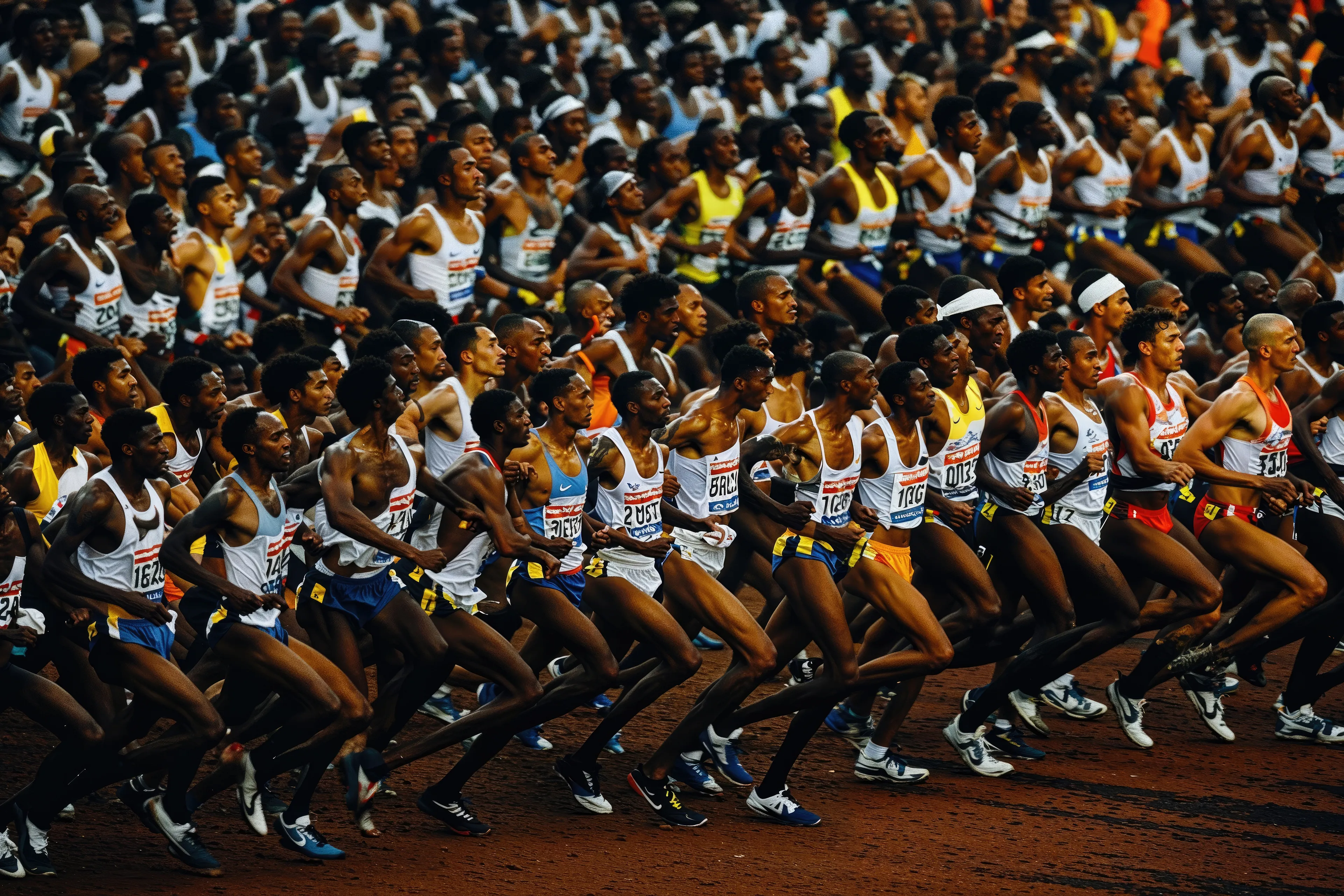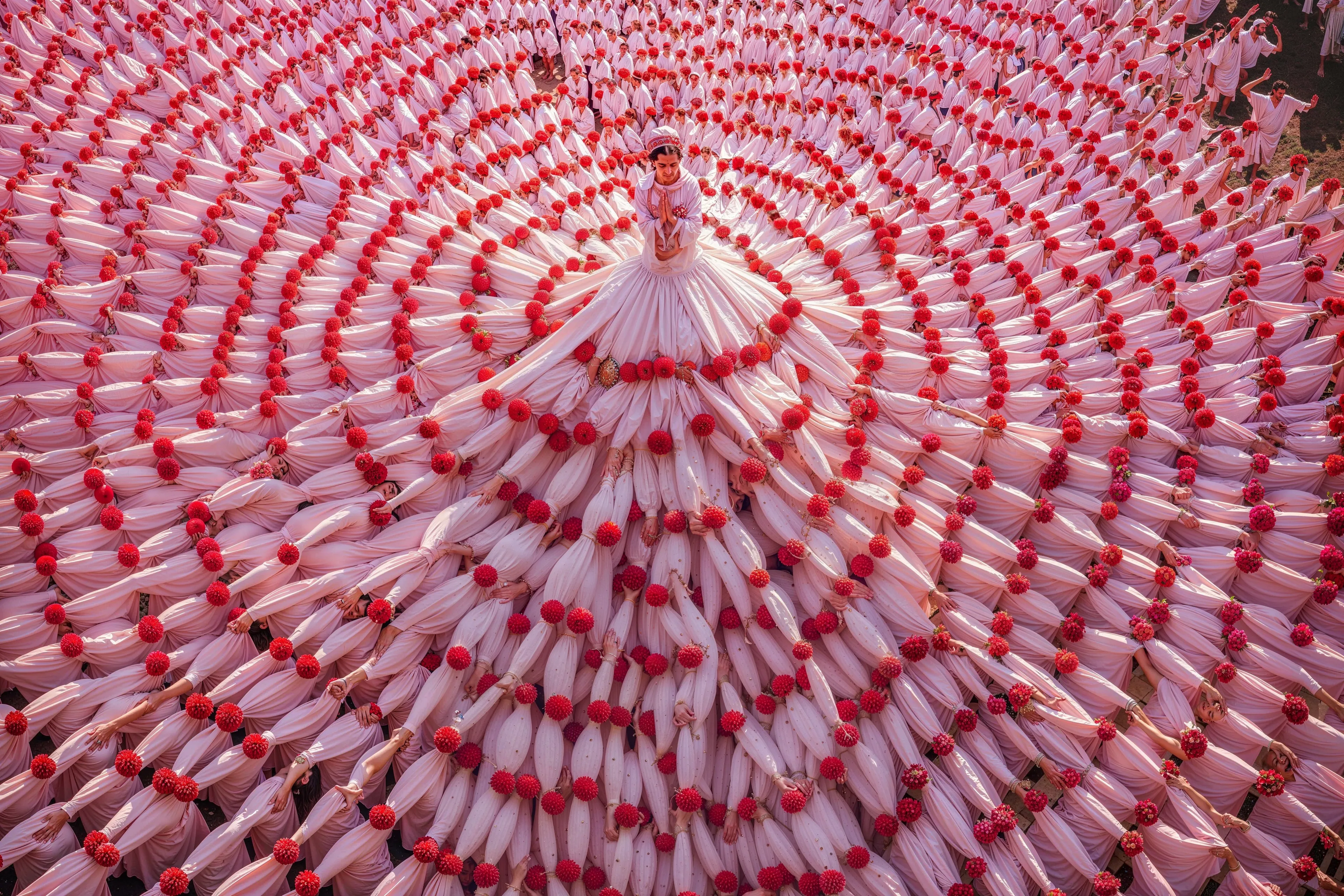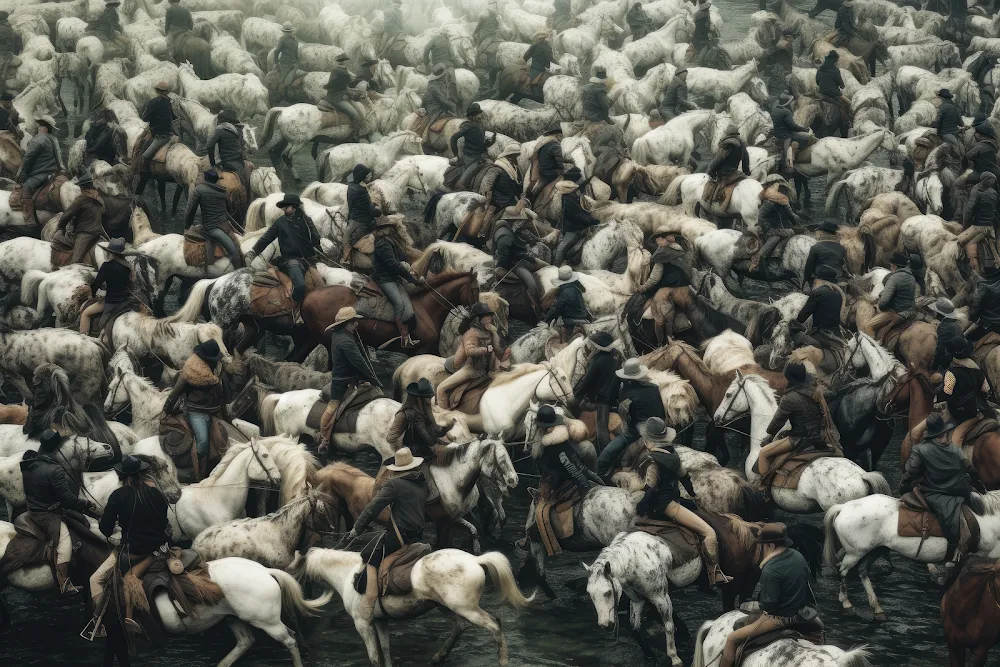Subscribe to get the latest on artists, exhibitions and more.
Post-Reality Art in a Post-truth World: Alkan Avcıoğlu on his Work
An interview conoducted by Adam Berninger with artist Alkan Avcıoğlu ahead of their release, 'All Watched Over By Machines Of Loving Grace'.
Hi Alkan, I’m excited to complete our second large-scale project together, and I appreciate you spending some time with me to discuss this latest work!
We've had so many meaningful conversations about art and philosophy that I want to unpack in this interview, but I'll start with a few questions about your background. Immediately, we see your work as not only photographic, but cinematic – what about your background shapes this perspective and your aesthetic?
My work is undeniably shaped by an eclectic mix of influences spanning film, art, music, and literature, though it often carries a cinematic quality due to my extensive experience in the film industry. Over the years, I’ve worn many hats within this field.











